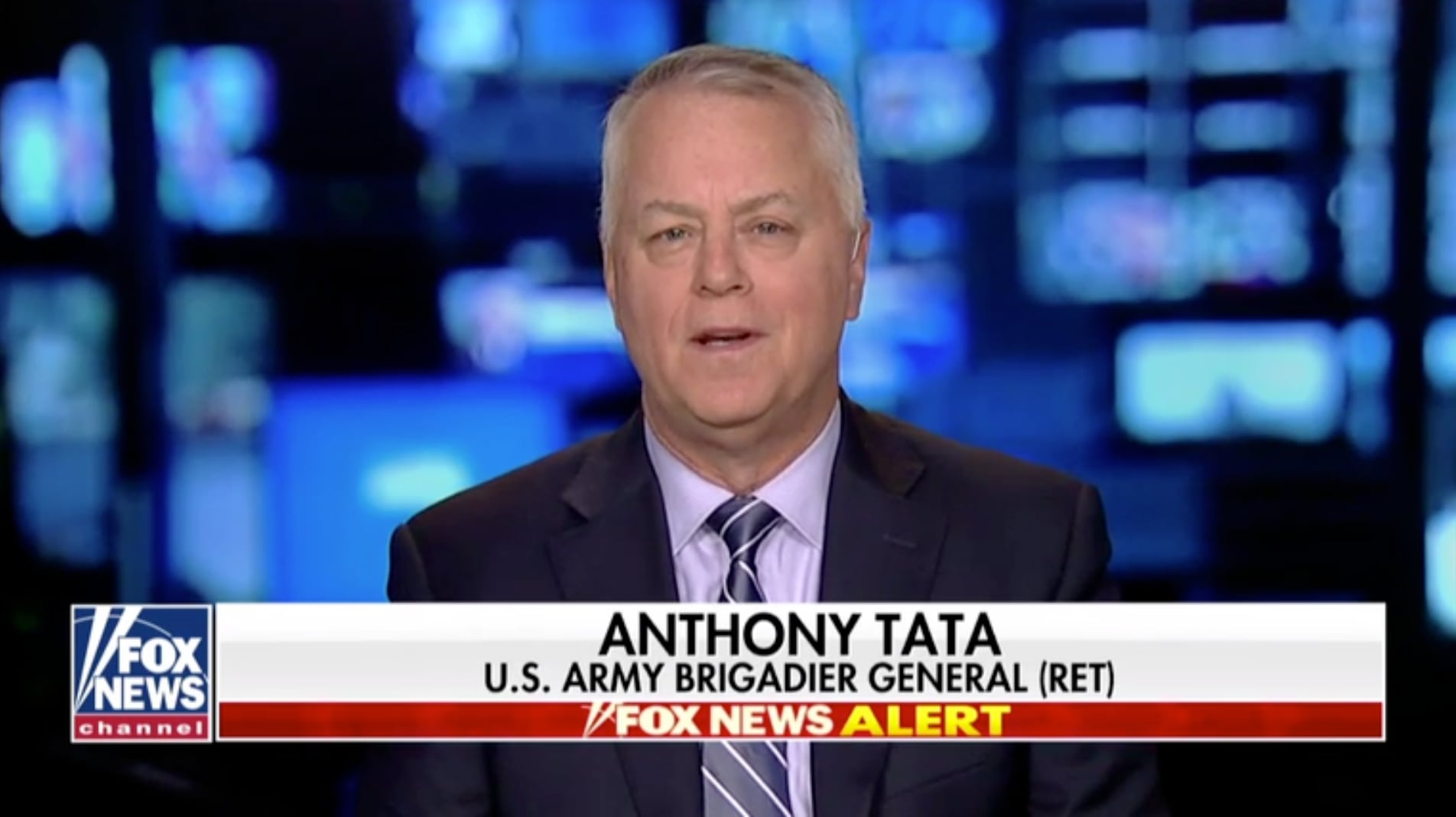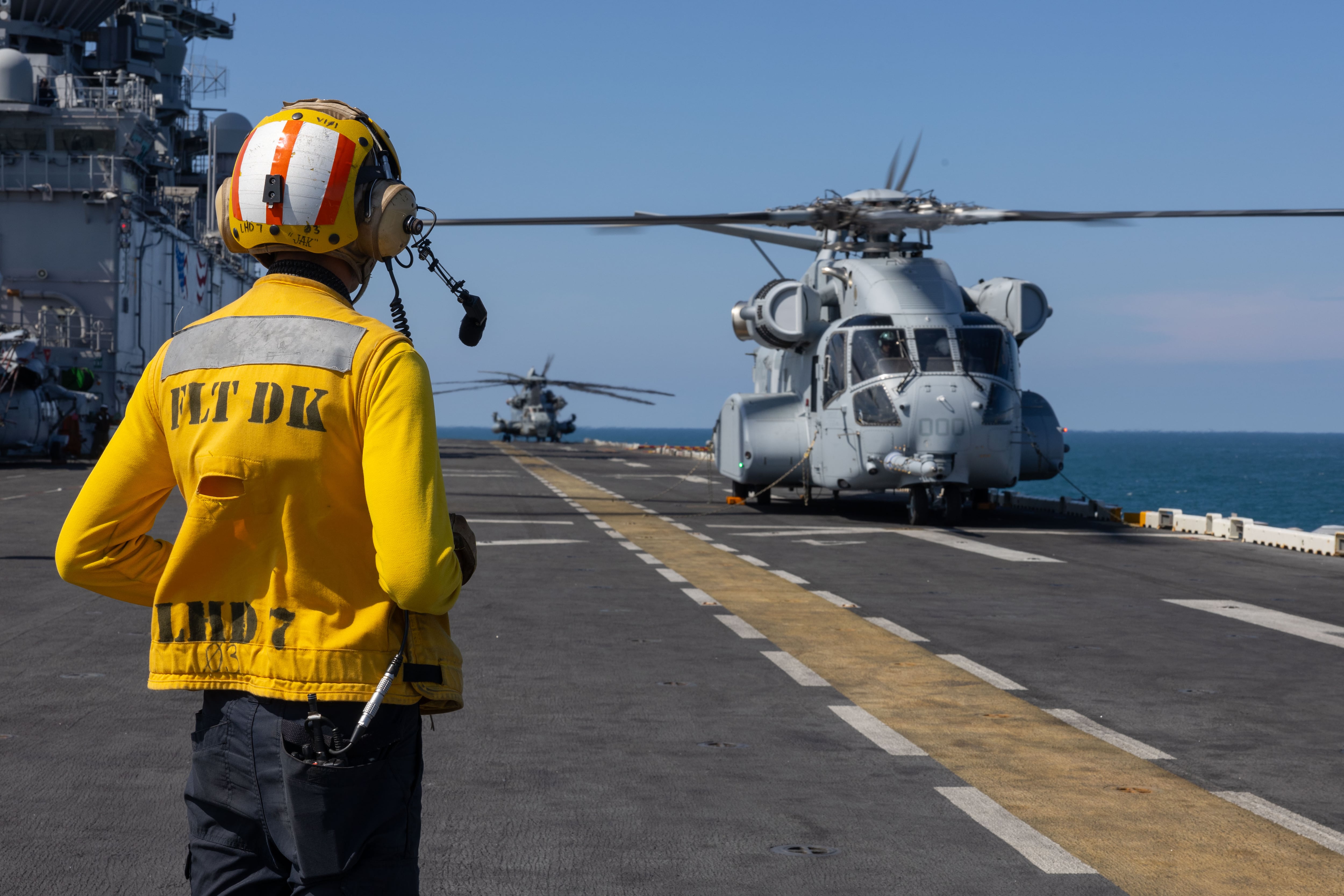While the Air Force plans to modify the nuclear missileer career field to put more experienced officers into its billets, leaders are still making it a priority to season and mentor lower-ranking officers and help them rise through its ranks, the top officer overseeing the intercontinental ballistic missile force said Monday.
"I think we're rebranding the ICBM moniker for the 13N [nuclear and missile operations] community, and rebranding it in a positive way," said Maj. Gen. Anthony Cotton, commander of the 20th Air Force, Air Force Global Strike Command, at F.E. Warren Air Force Base, Wyoming. Cotton also commands Task Force 214 under U.S. Strategic Command and oversees the 377th Air Base Wing at Kirtland Air Force Base, New Mexico.
"We really didn't do a good job in articulating what opportunities our young officers had," Cotton told Air Force Times. The 20th Air Force, and the service as a whole, needs to do a better job of showing ICBM airmen that their jobs can be expanded on, and are not limited to Wyoming, North Dakota or Montana, he said.
There are plans to career field plans to increase the number of assistant directors of operations in the career field, or "captains and/or majors, certified to pull alerts as well," Cotton said. Alert missions keep missileers in the launch control center for 24-hours or so, ready to fire the ICBMs should they get a launch order.
But Cotton emphasized that "But still, the bulk of the mission will still be with lieutenants." Cotton said, clarifying that cCrCreating a more senior crew also depends on laying a strong foundation early on in the lower ranks.
"For me and for Gen. [Robert] Rand, [Air Force Global Strike Command commander] it’s more about, ‘how do I maintain and sustain the career field,' " he said.
At the four-year point, Cotton explained, the Air Force gave 13N officers the opportunity to leave the career field or cross-train into another, typically losing "a pinch" of the force, Cotton said. To create a more self-sustaining career field, the Air Force aims to mentor airmen at the 1.5-year mark instead of the four-year mark, Cotton said. The service plans to eliminate automatic officer cross-flows altogether as early as 2019 to mirror other AFSCs.
A restructuring aims to shift more majors or lieutenant colonels to the nuclear missile field, where they will occupy two out of every five billets in the Air Force by 2027 or 2028, officials said last week. The Air Force wants a more even distribution within the ranks, at least a balance of 60-40 company-grade/field-grade officers, over the next dozen years or so. But officer development is one of Cotton's priorities. also worries
"I’m more worried about sustainment of the career field down the road," Cotton said, because the 13Ns usually lose "a pinch" of the force. "It’s not an, ‘Oh my goodness, I [only] have a bunch of lieutenants … but I want subject-matter experts to continue to be in the field, continue to have opportunities to articulate our mission."
A restructure plan is in place to shift more majors or lieutenant colonels to occupy two out of every five nuclear missileer billets in the Air Force by 2027 or 2028, officials said last week. The Air Force wants a more even distribution within the ranks, at least a balance of 60-40 company-grade/field-grade officers, over the next dozen years or so.
But pProfessional development will be the crux of keeping ICBM officers of all grades, showing how viable 13N airmen are and will be to the overall mission of the Air Force, Cotton said.
Recently, with the support of STRATCOM, 20th Air Force members began a "fly along" program on the Airborne National Command Post, an airborne mobile command center with advanced communications that can send orders to launch all nuclear weapons in an event of a nuclear war. Cotton took up a handful of airmen himself for the exercise in what is known as "the doomsday plane."
"This is one of the best ways to [show]...what we can bring to the fight and what [these airmen] can bring to the fight as majors and lieutenant colonels" one day, Cotton said.
More so, tThe command is trying to give airmen "maximum exposure and training in order to be well-rounded, highly trained and effective nuclear professionals, and to give people an idea of what is actually available outside of their base," Lt. Col. Sylvette Ortiz, with the 20th Air Force ICBM Center of Excellence, said of the recent June flight.
It is just one of several professional development opportunities being offered to 13N officers in the hope of retaining them. Another example is the chance to ICBM airmen can participate in in the future -- in addition to working side by side, for example, in at the annual STRATCOM-led deterrence symposium -- in hopes to retain the 13N AFSC. To create a self-sustaining career field, the Air Force also aims to mentor airmen at the 1.5 year mark instead of the four year mark, Cotton said. The service plans to eliminate automatic officer crossflows altogether as early as 2019 to mirror other AFSCs.
"We did not give [airmen] access to understand that there are other things [they can do] once they are done with their crew time in the business," Cotton said. "I’m going to get to them earlier to to give them options on what their career field offers them."
Oriana Pawlyk covers Air Force deployments, cyber, Guard/Reserve, uniforms, physical training, crime, and operations in the Middle East and Europe for Air Force Times. She was the Early Bird Brief editor in 2015. Email her at opawlyk@airforcetimes.com.





